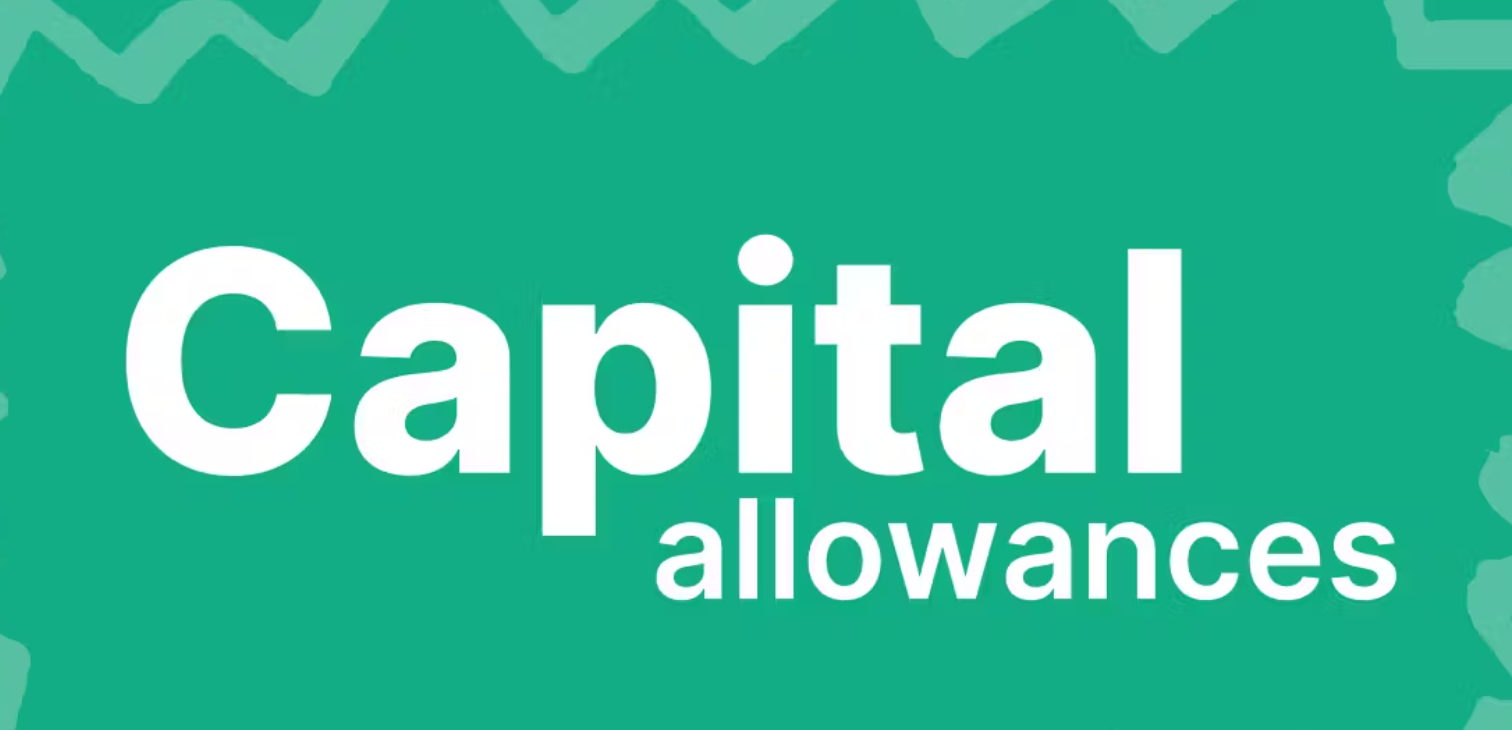Are you trying to take your business financially and, therefore, growth-wise through the roof? You need to know how capital allowances can work for your business. Today, we will be looking into capital allowances and researching what they actually are and the potential benefits your business can gain from them, all while demonstrating how you can use this method to improve your finances.
Undestanding Capital Allowances
What is capital allowance? A capital allowance is a form of tax relief available to any individual or business with respect to qualifying capital expenditures. This exemption generally relieves items such as tools, machinery, and equipment used to make income for the business (as well as some buildings). These are not the usual types of business expenses that reduce your profits before any tax is charged. Capital allowances, however, are relief from taxes on placing a new asset or, in some cases, improving an existing asset that is useful for your business and has long-lasting benefits.
Therefore, the distinction is that capital allowances are created for items of expenditure on property repair and improvement, which would typically constitute a regular business expense. While expenses are generally costs that come and go in the business as they usually fund areas that keep the company on its feet, capital allowances have to do with significant investments into assets for long-term use. Many of these assets are critical to the company and enable it to maintain or even raise its ability to generate revenue. Capital allowances are designed to assist businesses in recovering some of these costs on long-term assets.
Types of Capital Allowances
Types of capital allowances vast array to suit different types of assets and expenditures The most popular forms are:
- Annual Investment Allowance (AIA): A business can subtract the entire value of certain assets from their profits before tax. The AIA has a yearly cap (companies can claim a maximum each year). This is particularly attractive for SMEs that are able to obtain immediate tax relief on an extensive list of assets and, therefore, increase their cash flow.
- Writing Down Allowance (WDA): If the business’s expenditure exceeds or an asset does not qualify for AIA, it could claim WDA. By allowing this, the organisation essentially keeps the cost of an asset spread out over multiple years, which can help businesses slowly reduce their taxable income. WDA can be claimed based on the type of asset and prescribed rates by the government.
- First-Year Allowance (FYA): This is an enhanced capital allowance giving very significant rates of tax relief on the cost of purchasing business equipment, such as new cars, machinery, and energy-saving plants; it might be 100% upon which profits can draw down too. Unlike the AIA, FYA does not have an annual cap and is therefore appealing to businesses keen on investing in sustainable technologies.
Benefits of Capital Allowances
Capital allowances for businesses have many advantages. The potential to significantly reduce your tax bill is one of them. You can claim capital allowances for eligible assets, thus decreasing your taxable income and reducing tax payments.
What’s more, capital allowances can generate additional cash, which is reinvested back into your business. This can be particularly advantageous to businesses looking to expand, upgrade equipment or complement new technologies.
In addition, capital allowances can help business growth and development. By making use of these tax reliefs, you can release resources that may be applied to innovation or production processing improvements to drive your business forward.
How to Claim Capital Allowances
There are a variety of steps to claiming capital allowances for your business. First, recognise assets suitable for capital allowances. This may require a review of the assets and expenses on your balance sheet to determine what items will qualify. When you come to a claim, it is important that an audit trail of exactly what has been bought and money spent on capital assets be produced.
Current Regulations and Updates
Staying informed about capital allowance-related news and regulations is crucial for claiming tax savings. It is important to keep up with any developments in legislation, as they may affect the availability and rates of capital allowances. Government initiatives to promote sustainability, for instance, can gradually phase out or diminish existing allowances for green technology while introducing new ones.
Conclusion
Capital allowances are important elements of an effective company financial strategy and the key to unlocking your potential for growth. By knowing what these allowances actually involve and what benefit they can bring to businesses, and by having the aptitude to successfully claim them, you put your business in a position for success. Then, as a translating note, mention how this might be from bridges to buildings.
A considerable advantage in reducing your tax bill, improving cash flow and stimulating business development, whether you are a small start-up or well-established enterprise. To be advised, seeking professional assistance when necessary with capital allowances gets the best out of them in terms of your business. That way, one sets itself up for long-term success.

